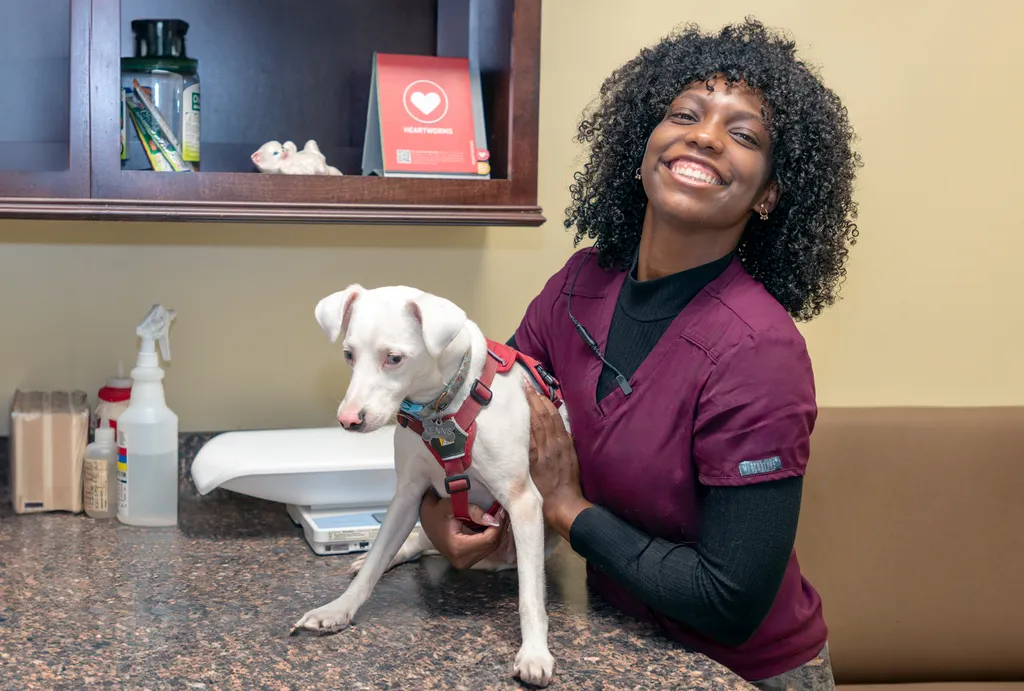Rabies…the word alone strikes fear into the hearts of many. Rabies and pets are definitely an unwanted combination, which is why most states, including Texas, require this vaccination for all cats and dogs.
In general, rabies is frightening because it’s fatal, and it can be transmitted to humans. However, beyond the image of a “mad dog” foaming at the mouth, how much do you really know about rabies and pets?
Rabies and Pets 101
Rabies is a viral disease spread among mammals through the saliva or tissues of an infected animal. This generally occurs as the result of a bite or scratch.
The most common carriers of this zoonotic disease are raccoons, skunks, foxes, coyotes, and bats. The domestic dog, however, is the most common transmitter of the rabies virus to humans.
Once infected, there’s an incubation period which can range from as few as 9 days up to several weeks or months. Once symptoms emerge, the prognosis is grim – 99.9% fatal.
That’s why immediate emergency veterinary care is critical. In many states, a mandatory quarantine is also imposed on a pet who has been bitten or injured by a wild animal.
Medical Stages and Symptoms
Rabies attacks the central nervous system in 3 distinct stages: prodromal, furious, and paralytic. Symptoms of each stage include:
Prodromal:
- Anxiety
- Fever
- Restlessness
- Behavioral changes
- Solitude
Furious:
- Hyper-responsivity
- Aggression
- Disorientation
- Seizure
Paralytic:
- Salivation
- Labored breathing
- Inability to swallow
- Paralysis
- Respiratory failure
While rabies is frightening, the number of cases of rabies among people and pets in the U.S. is quite low. This is due to the use of the rabies vaccine among animals and the development of post-exposure vaccines for humans.
Preventing Rabies in Pets
Although some owners may be concerned about over-vaccinating their pets, the rabies vaccine is required by law. It’s the single most important step to preventing the spread of the virus among people, pets, and wildlife.
Other ways to prevent the spread of rabies and other zoonotic diseases include:
- Minimizing your pet’s exposure to wildlife by keeping him or her on a leash when outdoors
- Moving to safety should you and your pet encounter a wild animal
- Removing food sources, standing water, tall weeds, open trash cans, and other wildlife attractions from your yard
- Reporting strays or wildlife to animal control
- Seeking immediate veterinary care if your pet is bitten or scratched by another animal (obtain verification of rabies vaccination from the other pet owner)
As is the case with so many infectious diseases, vaccines are the best line of defense for you and your pet. To learn more about rabies and how to prevent it, please contact us.



